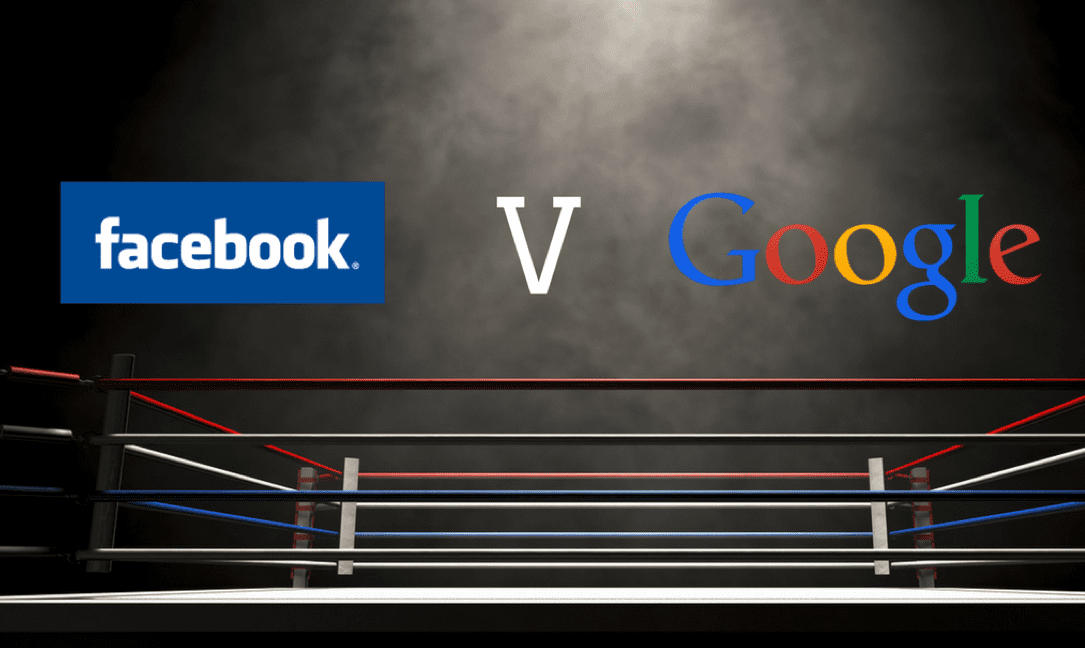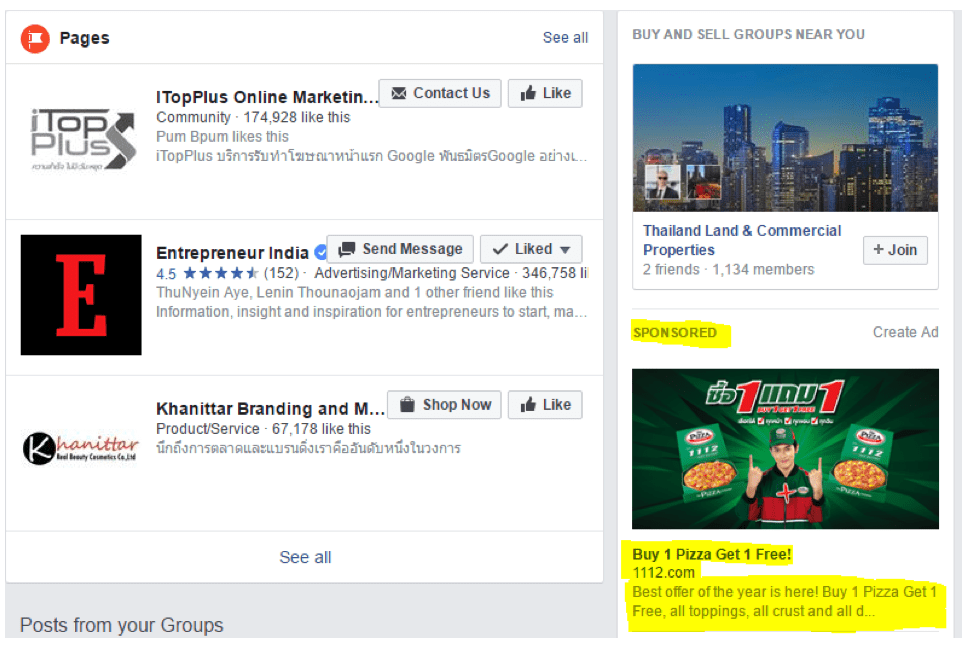How to make crucial decisions regarding your retargeting budget.
Decisions, decisions, decisions; it can be difficult making the right choice for you when considering to spend your remarketing budget with Facebook or Google. Where most PPC managers go wrong is the actual decision-making process. It is crucial understand what you should consider before making a decision.
1. Consider your message - carefully crafted second chances
The whole idea of remarketing is to give advertisers a second chance to hook someone who has visited but not bought anything, there may be a number of reasons for this:
Website is bland, clunky, dated, not functional - let's not get sidetracked into the importance of functional and appealing landing pages but it is important to focus on why the visitor didn’t make a purchasing decision the first time they came to your site.
Lack the means - yes window shoppers exist in the digital realm as well as the physical world. This doesn’t mean that your marketing is wasted and this is a key group to target, the reason being that they might not have had the means whilst they were visiting your site, but they may very well be customers when you retarget them. Remarketing is a way of reminding them of your product/brand at the appropriate time.
Your landing page is not targeted at them - potential customers are landing on your landing page but receive an experience which is meant for another demographic or attribute.
You might be reading this think yes but how does this relate to remarketing? The answer is if you have any of the above problems or aren’t getting many conversions the choice should be neither. Either way, you are wasting your money.
The first step in any remarketing campaign is to understand why your customer didn't buy the first time. You have to carefully craft your retargeting to address this problem. If your customer thought the product is too expensive, offer them free postage and packaging or targeting discounts.
‘Craft' means exactly that, you should spend a considerable amount of time creating your remarketing ads, perhaps even more than your original campaign.
Once you know that your campaign is working the first time it’s time to move onto step 2.
2. Consider what you are trying to sell
This should impact upon your decision as each platform offers different tools, for instance, it is easier to market t-shirts on Facebook than it is accountancy services.
Understand where your ads will be shown to your customer if you choose to go with Google remarketing then your display ads will be shown across a vast network of services from Youtube to Android Apps and not to mention the millions of external sites.
Facebook, on the other hand, is very much limited to the social network and Instagram, however, these ‘spaces’ are places people spend hours every day absorbing content, interacting with friends, loved ones and colleges and is a far more engrossing experience for users. Retargeting on Facebook generally gets higher conversion rates. In addition to this, you can encourage further engagement by using your offline resources such as mailing lists that can be used to target specific customers.
Facebook is considered a social place and some ads considered anti-social behaviour. However this can be used to your advantage, whilst your Adwords ads are shown in a space where people don’t mind being marketed to (although this has caused many to go ad blind), Facebook remarketing requires you to be subtle with your ads- the reward being that your brand is lodged as credible and authoritative if you succeed in your subtlety.
You should therefore consider the product you are selling is best suited to Facebook where users can broadcast to their engagement with your product to their thousands of friends, like a cool T-shirt company that mainly sells to younger customers or Google remarketing if you are selling wholesale toilet paper. That’s not to say that all B2B remarketing should be done on Google though, the important thing to remember is how engaging is the thing you are actually selling? In what sphere is it best sold?
3. Consider your audience
It is important to think about how you group the audiences of your ads. Both platforms offer different options. For example, Google allows you to combine different audiences; this is particularly helpful to a cell phone company for instance who can then combine its audiences most likely to buy a particular make and model of phone.
Facebook doesn’t allow a combination of its audiences. However, the amount of information Facebook users share with the platform allows for far more specific targeting in a space where potential customers are more likely to engage with you.
This is a time consideration; whilst Google Remarketing allows you to easily perform bulk actions like grouping audiences taking less time than setting up individual audiences, the potential that your ads may be shown to a much larger audience shouldn’t be overlooked. The size and scale of your campaign also becomes a key deciding point; Facebook may very well be more effective with your product or service and the time difference may be negligible if you're running a small campaign.
4. Consider your ad format
Another key factor that should influence your decision is the format you want your ads to take. Google remarketing allows you to use a variety of formats from banner ads on placement sites to video shown on Youtube, if you are looking for flexibility in the way you display your ads then Google is perhaps the right choice. Google also works hard to make their ads as customizable as possible to drive conversions. Facebook on the other hand, has more rigid formats, this is due to Facebook being a more private space than google and users expect ads to be far more subtle and non-intrusive.
However, if you decide to run a video remarketing campaign on Facebook and it is particularly engaging users have the ability to share it to their thousands of friends which equals free exposure and clicks for you.
As we all know the format of our ads are more effective with some demographics and attributes than others, that’s why it is important to know how the format of your ads is received by your target audience. Once you know the format you should be using the decision becomes much simpler.
5. Consider mix and matching
You should always ask yourself whether each specific function will help you achieve a specific aim. For example, if you want to retarget people similar to those who have already converted you could use Facebook’s ‘similar audiences’. This tool is great for marketers who have already had a lot of success from Facebook and knows exactly who is most likely to convert on that platform and reach them directly.
Google’s retargeting options allows you to retarget in a number of inventive ways. You can retarget based on the specific behaviours of your visitor, the specific pages they visited, whether or not they viewed more than one page, the date they first landed on your page and users who have a specific tag. Google's remarketing options are perfect for targeting people based on their interactions with your website.
Google has another feature which allows retargeting using remarketing lists for search ads. The feature allows you to target people based on keywords even if they haven't visited your site.
Whilst Facebook might have three methods that are semi-effective, Google might have one that is highly effective and will yield better overall results but has been overlooked and vice versa. Think long and hard about which features are most useful to you as it is perfectly possible to use a combination of both.
Deciding between the two most popular advertising networks is no easy feat, especially when their functions reach and the cost is constantly changing. Knowing exactly how each platform performs and operates is vital, this is a process of matching features to your sales cycle, focus what you know works; target who you know buys your product, know exactly what you are selling, why the customer wants or needs to buy your product, where is that customer most likely to engage and when are your ads most likely to receive an action.
source http://www.smartinsights.com/internet-advertising/internet-advertising-targeting/5-quick-ways-decide-facebook-retargeting-google-remarketing/





No comments:
Post a Comment